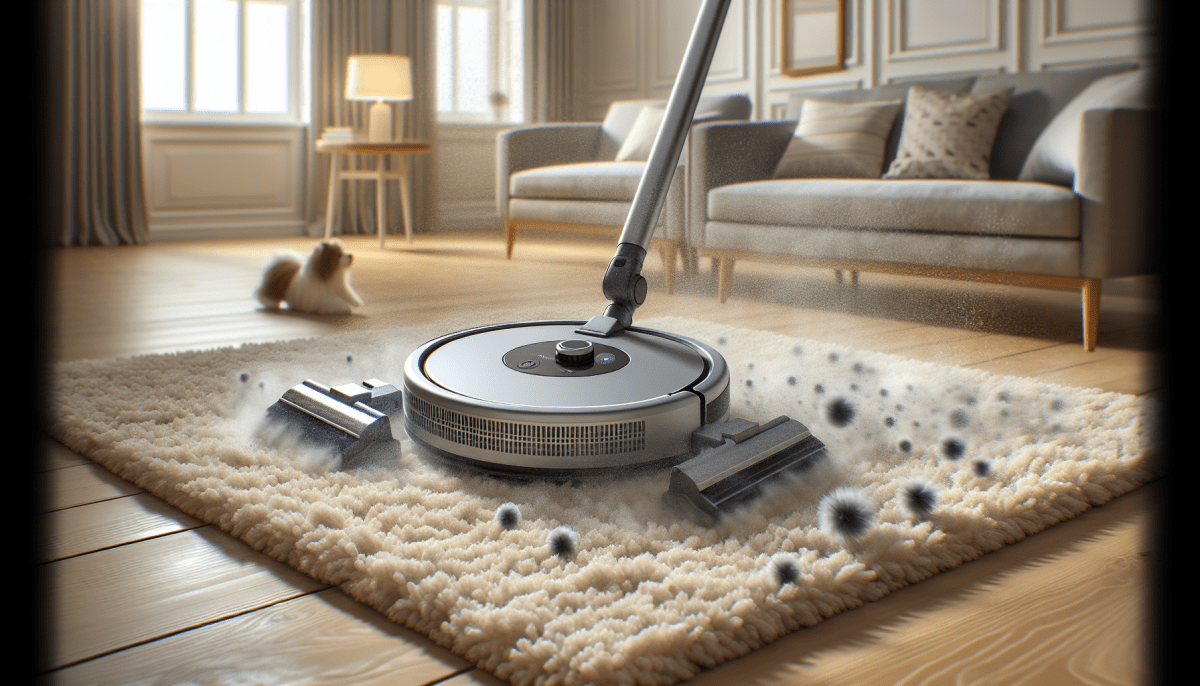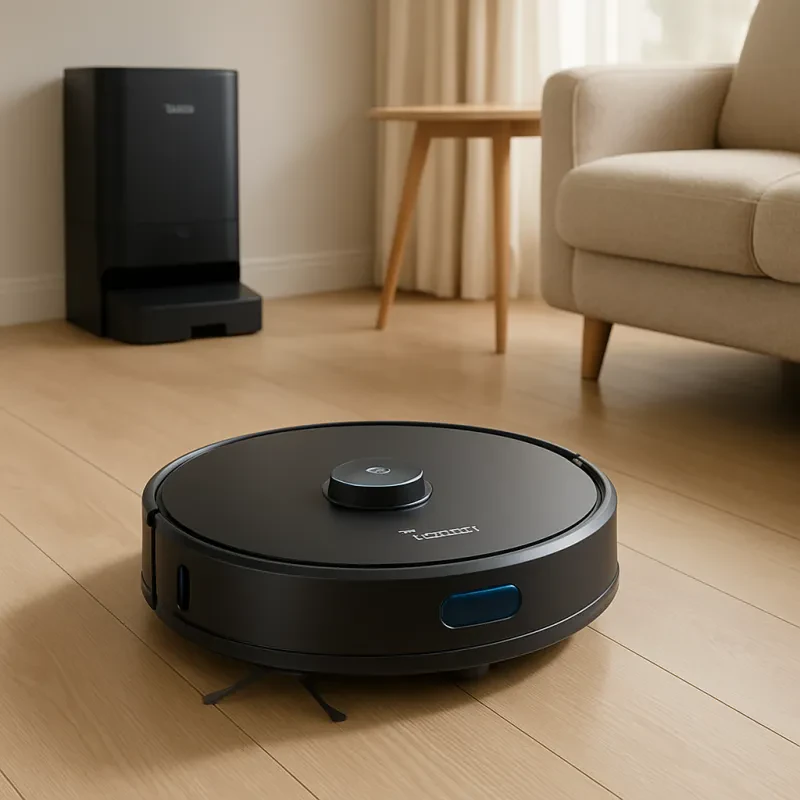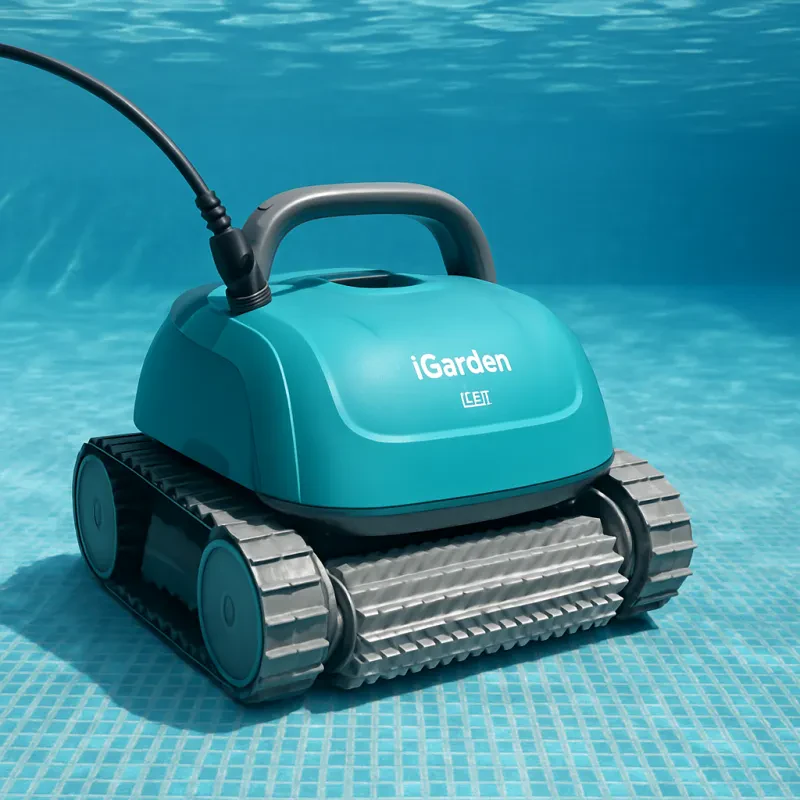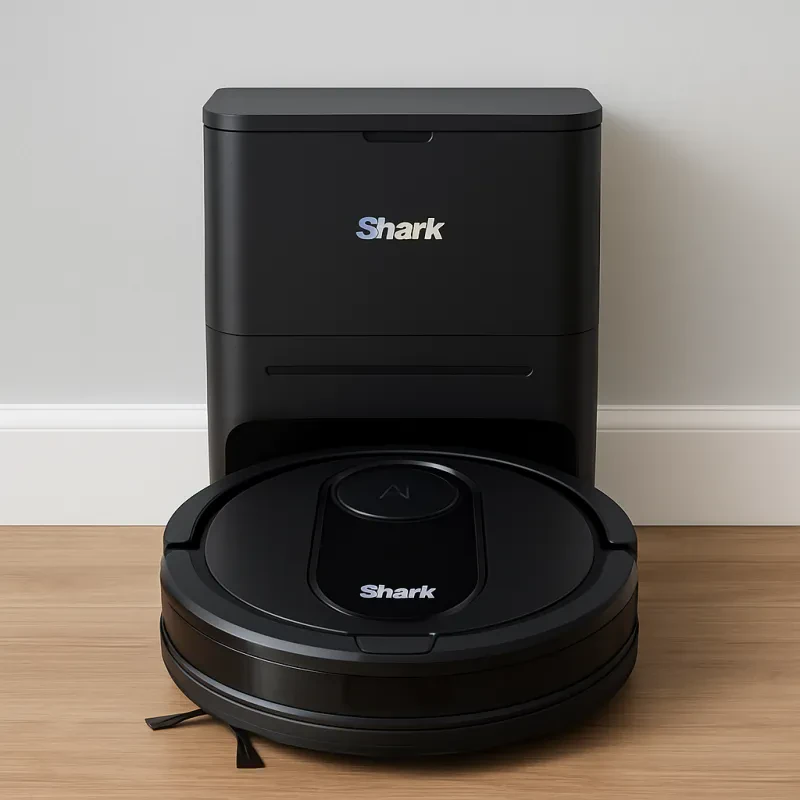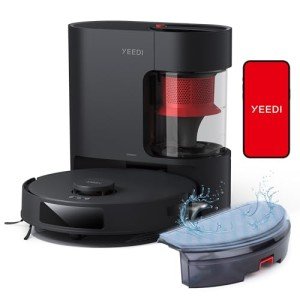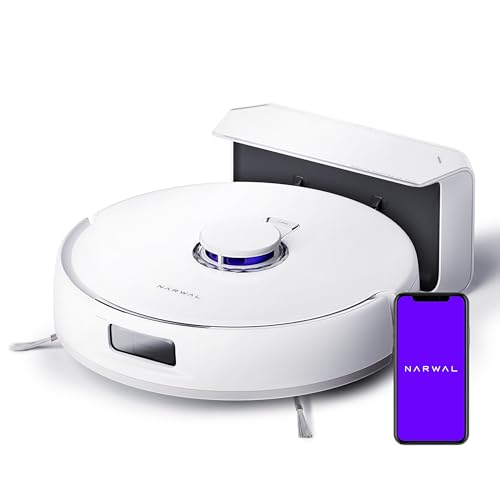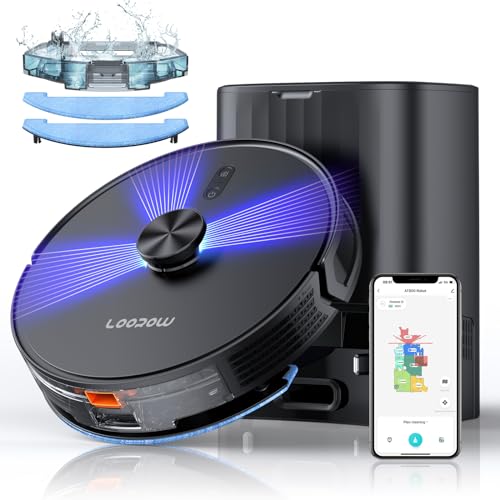Robot vacuums have become increasingly popular in recent years due to their convenience and efficiency in maintaining clean floors. These autonomous cleaning devices have become a staple in many households, but how well do they perform on different types of flooring, particularly on carpets?
In this detailed guide, we will explore how robot vacuums function on carpets, hard floors, and other common surfaces and weigh the pros and cons of their performance.
Understanding Robot Vacuums
Robot vacuums are small, battery-powered cleaning devices designed to move autonomously around your home, navigating and vacuuming floors without human intervention. Equipped with sensors, brushes, and suction mechanisms, they are designed to clean various types of flooring. The cleaning path is determined by a combination of smart technology and mapping, with more advanced models capable of learning the layout of your home and optimizing cleaning patterns.
Despite robot vacuums' popularity and promise, many users still question their effectiveness, especially on carpets. We need to examine the vacuum's ability to work on different surfaces to answer that question.
Performance on Carpets
Advantage
Ease of Use
Robot vacuums are incredibly user-friendly and convenient for maintaining clean carpets. Once programmed, they can operate with minimal input from the user, making regular carpet cleaning much more manageable. Many robot vacuums can be scheduled to clean while you're away or at night, so the vacuum takes care of the task without disrupting your daily routine.
Automatic Adjustments
Most robot vacuums have sensors that detect the type of surface they clean. When moving from hard floors to carpets, the vacuum automatically adjusts its suction power to better tackle the fibers. This feature makes robot vacuums versatile and capable of handling various floor types, including medium—to low-pile carpets.
Compact and Agile
Due to their small, low-profile design, robot vacuums can easily navigate between furniture and other obstacles, making them practical for cleaning hard-to-reach areas on carpets, such as under couches, chairs, and beds. Unlike traditional vacuums that may struggle with maneuverability in tight spaces, robot vacuums excel at getting into small nooks and crannies.
Consistent Cleaning
Robot vacuums excel at performing regular maintenance cleaning. While they may not deep clean your carpets, they can consistently pick up surface-level dirt, dust, and pet hair. Regular vacuuming by a robot can prevent dirt and debris from settling into the carpet fibers, which may help extend the lifespan of your carpet over time.
Disadvantages
Limited Suction Power
One of the most significant drawbacks of robot vacuums regarding carpets is their limited suction power compared to traditional upright or canister vacuums. While they can handle surface dirt and debris, they may struggle with deep cleaning significantly thicker or high-pile carpets. Dirt embedded deep into the fibers may not be removed as effectively.
Inability to Handle High-Pile Carpets
High-pile carpets or shag carpets present a particular challenge for robot vacuums. The longer fibers can clog the vacuum's brushes or prevent the robot from making adequate contact with the floor. These carpets also trap more dirt, which can be difficult for robot vacuums to extract effectively. While many robot vacuums can still handle low- to medium-pile carpets, they may struggle significantly with high-pile or plush carpets.
Inconsistent Cleaning Performance
While robot vacuums are great for everyday maintenance, their performance can be inconsistent regarding deep cleaning. Because robot vacuums use random or systematic cleaning paths, they may miss areas of your carpet, especially if the cleaning process is inefficient. Over time, this can result in regions not being thoroughly cleaned.
Battery Life and Coverage
Robot vacuums rely on battery power, which limits their cleaning duration. Due to the additional resistance offered by carpet fibers, the vacuum may consume more energy on carpets. As a result, the vacuum may need to recharge more often before completing the entire cleaning session. This can be inconvenient if you have a large carpeted area to cover.
Price
High-performance robot vacuums that can handle carpets well tend to be pricier. While budget models may offer basic functionality, they lack the suction power, features, or specialized brushes necessary for effective carpet cleaning. Therefore, getting a robot vacuum that excels on carpets could require a significant investment.
Performance on Different Types of Floors
Hard Floors (Wood, Tile, Laminate, and Vinyl)
Robot vacuums perform exceptionally well on hard floors, such as wood, tile, laminate, and vinyl, which are often considered strong suits.
Advantages
Efficient Cleaning
Robot vacuums tend to be most efficient on hard floors due to their lighter weight and the absence of fibers that might obstruct their movement. The brushes and suction mechanisms can easily pick up dust, dirt, and debris from smooth surfaces. On tile and wood floors, they are highly effective at cleaning both debris and pet hair.
Advanced Features
Some robot vacuums have specific features for hard floors, such as soft rollers designed to prevent scratches while improving dust collection. The advanced models also use sensors to differentiate floor types and optimize cleaning settings.
Quiet Operation
Robot vacuums are generally quieter than upright ones, making them less disruptive when operating on hard floors. This is advantageous for people who want to clean their floors while working, relaxing, or sleeping.
Disadvantages
Suction Power for Large Debris
While robot vacuums work well on hard floors for routine cleaning, they may struggle with larger debris, such as larger crumbs or food particles. While they are good at picking up dust and fine particles, larger debris might require manual intervention or a more powerful vacuum.
Battery Life on Larger Areas
Battery life can be a concern for homes with more extensive hard floors. Although the vacuum's performance is generally optimal, large floor areas can drain the battery more quickly, especially if there are obstacles or areas with thick dirt buildup.
Performance on Rugs and Other Specialty Floors
Robot vacuums can also be used on rugs and other specialty floor coverings, such as area rugs or indoor-outdoor mats.
Advantages
Multi-Surface Functionality
Robot vacuums are designed to handle different surfaces and easily transition between rugs and hard floors. This makes them a versatile option for homes with mixed flooring types.
Convenience
Robot vacuums can be especially helpful for people with area rugs. They allow quick cleaning without needing to move furniture or manually vacuum each rug. Scheduling the vacuum for regular cleanings can keep rugs looking fresh with minimal effort.
Disadvantages
Difficulty with Thick Rugs
Like high-pile carpets, thick or deep-pile rugs may challenge robot vacuums. Their suction and brushing systems may not be powerful enough to clean deeply embedded dirt or dust.
Limited Coverage on Small Rugs
If the robot vacuum is too tiny or the rug is situated in a tight space, the vacuum may have difficulty accessing the entire carpet, leaving parts uncleaned.
Conclusion
In summary, robot vacuums have distinct advantages and disadvantages regarding carpet and floor cleaning. On the positive side, they offer convenience, efficiency, and ease of use. They work particularly well on hard floors and for light to medium carpet cleaning, providing consistent surface-level cleaning with minimal user input. However, their limitations in suction power, battery life, and deep cleaning capabilities can be a hindrance, especially when dealing with high-pile carpets or larger debris.
While robot vacuums may not replace traditional vacuums entirely, they serve as excellent maintenance tools that help reduce the frequency of manual vacuuming. A robot vacuum can significantly enhance convenience and cleanliness for those with hard floors or light carpeted areas. However, if deep cleaning or handling high-pile carpets is a priority, traditional vacuums may still be the better choice.
Choosing the right vacuum depends on your home's floor types, cleaning preferences, and specific needs. With the right robot vacuum, however, you can enjoy a cleaner, more comfortable home with less effort.
